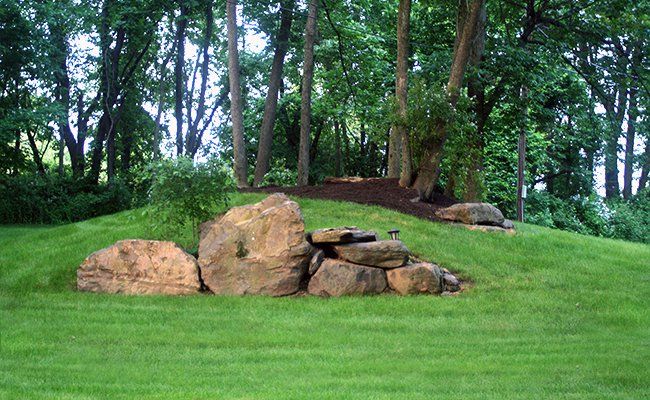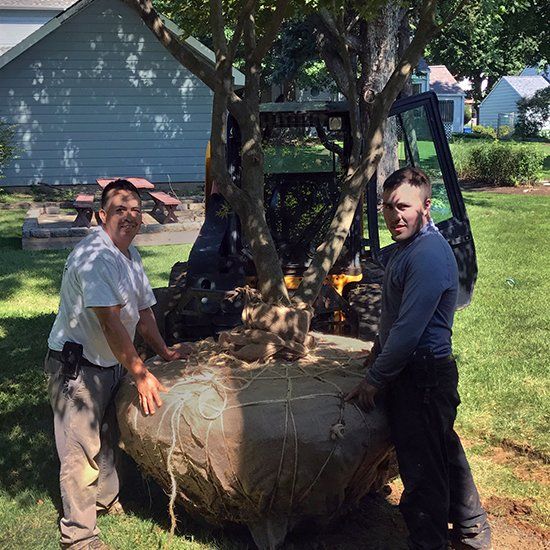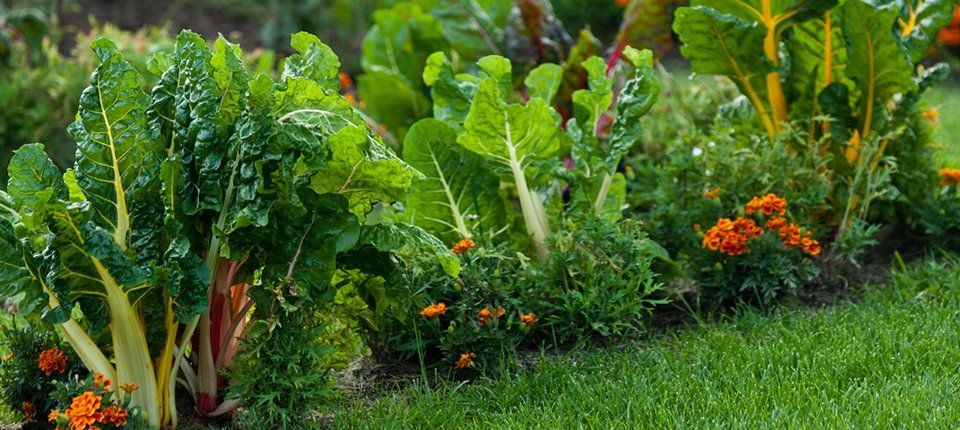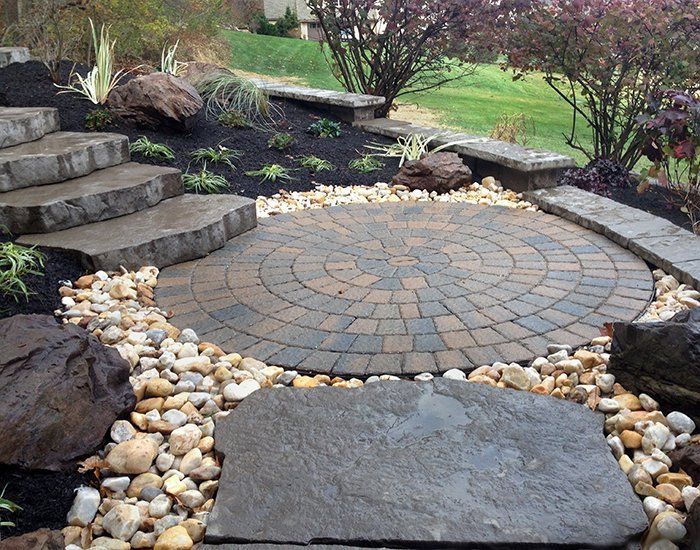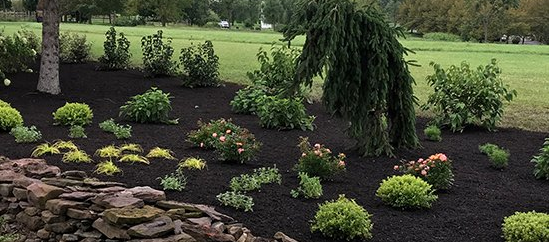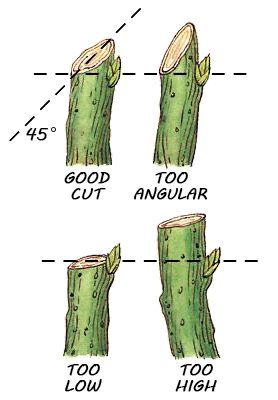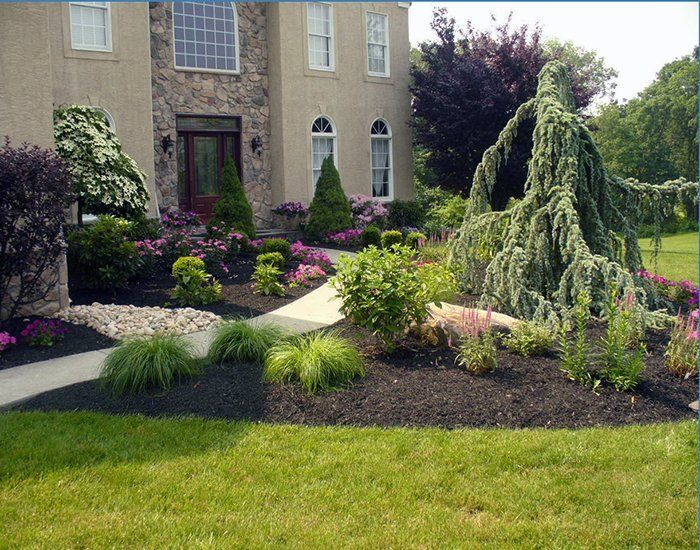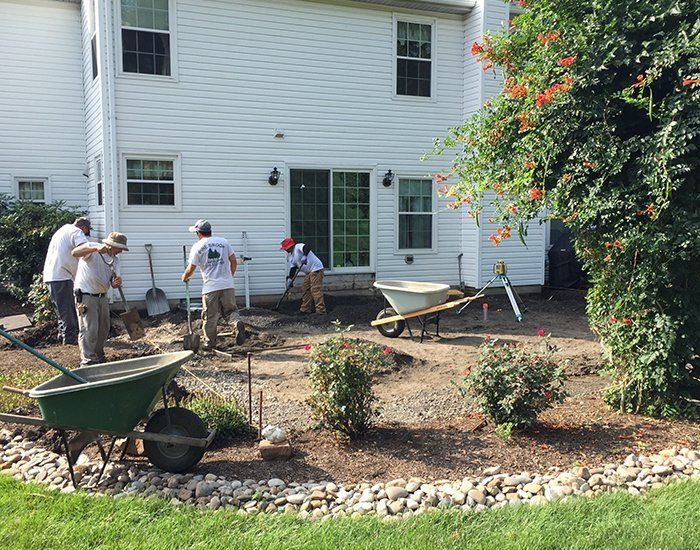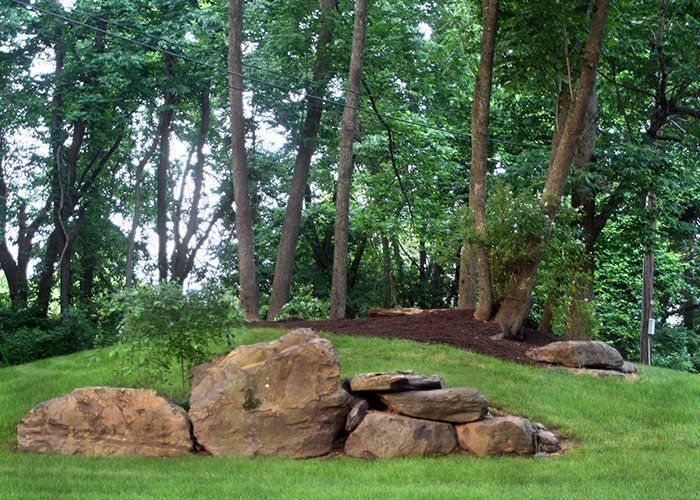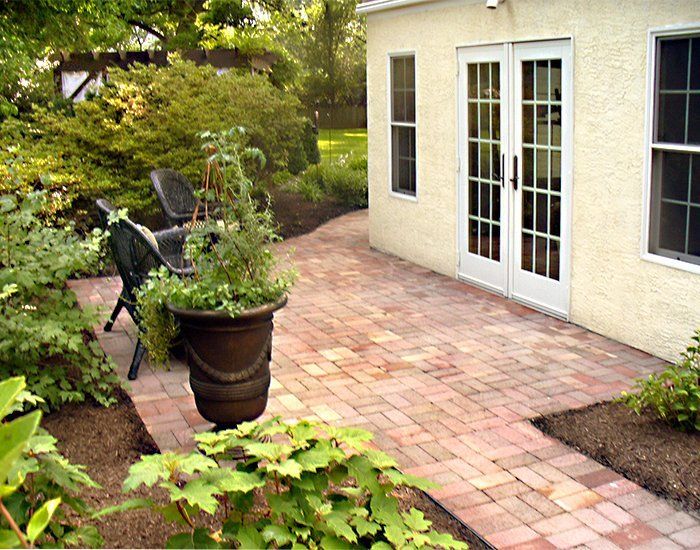- Shrubs that flower on new wood, or branches that form in spring and flower in summer should be pruned in late February or early March. This results in fewer but larger flowers the first year. Pruning distributes the plant's stored energy among fewer flower buds so that the ones left behind get more to eat.
- Prune spring-flowering shrubs right after they bloom, giving them the rest of the growing season to develop new branches and buds, since these bloom on old wood, or last season's growth. But if you miss the ideal time to prune, you can always wait until the shrub's flowers brown out.
- Keep in mind that cuts will heal more quickly when made in the right spot and at the correct angle with a sharp, clean tool.
Shrub Pruning DOs & DON'Ts for a Successful Spring
Proper Pruning Fixes for Common Problems
Not sure how to shape up the shrubs in your yard? Afraid you’ll lop off next year's flowers, stunt the plant's growth, or kill it outright? If the thought of cutting into what looks like a perfectly happy plant makes you cringe, you're not alone. Even homeowners who know the benefits of pruning—better health, more pleasing habit, bigger flowers—are often still confused about exactly the right time and right way to make the cuts. But once you understand how plants respond to pruning, you'll realize how many problems a well-placed cut can solve.
Pruning Plants - Timing & Cutting
COMMON SHRUB PRUNING PROBLEMS
A Sloppily Chopped Shrub:
DO make selective cuts to neaten up a poorly pruned shrub by stimulating new growth where you want it and removing injured, less vigorous wood. On a branch with a bud facing the direction you want new growth to follow, prune just above that bud at a 45-degree angle.
DON'T
leave more than ¼ inch of growth above the bud, as this can encourage rot. Cutting too low can cause the bud to dry out and cutting at a greater angle can create a large surface area that's slow to heal, inviting disease.
Dense On Top But Lifeless Inside:
DO open up the plant with thinning cuts. Thinning cuts remove whole branches of the thickest, oldest wood down to the base or take off large sections of branches back to a main stem, allowing light and air to reach the center of the plant and encouraging healthy new growth.
DON'T
remove more than 1/3 of a plant's mass in a year, to keep it vigorous and looking good. Just trimming back branch tips with electric shears results in dense foliage at the top of a shrub and a tangle of weak, leafless branches at the center.
Lopsided Shrub Growth:
DO use heading cuts to spur growth in the right direction. Heading cuts shorten a branch down to a bud you want to encourage to branch out, unlike thinning cuts which remove a branch. Though it seems contrary, prune the shorter side of a lopsided shrub to stimulate growth and even it out. Position the pruner on the part of the stem you want to remove, just above a bud that will grow in the direction you want to encourage.
DON'T
remove more than 1/4 of a stem's overall length in any single cut. For shrubs that are dramatically lopsided, use thinning cuts to remove older wood from the longer side as well as heading cuts on the shorter side.
Old Woody, Tangled Shrub:
DO give the plant an overhaul by thinning out the old wood over the course of three years, making room for all new growth. Starting at the base of the shrub, eliminate the centermost branches, taking out no more than 1/3 of the shrub's total mass. Remove another 1/3 of the old wood at the base in years two and three.
DON'T remove more than on1/3 of the shrub's branches at any one time. This preserves enough foliage for the plant to stay robust and generate new growth quickly.
Flowering Shrub with Thin, Leggy Bottom:
DO pinch off the end (or terminal) leaf buds of new branches on broad-leaved evergreens such as rhododendron, azalea, pieris, mountain laurel to encourage side branching on the lower part of the shrub. Like a heading cut, manually removing the terminal leaf bud encourages a dormant bud below to grow, stimulating lush side branching.
DON'T
pinch off the flower buds in the process! These are the bigger, fatter buds at the ends of branches.
Professional Landscape Maintenance Services
Your yard deserves to greet the spring and start the new season with a neat, fresh look. We all want a gorgeous backyard, but we don’t always have the time or expertise to maintain it. Free up your time and count on the experts at PINE BROOK to keep your shrubs and trees in good shape and good health. Our attention to detail and years of experience will give your plants a solid foundation to grow upon this season and in years to come. We have proudly been serving Philadelphia, Bucks & Montgomery Counties since 1988 and are a full-service general landscaping, hardscaping, lawn care and general landscape maintenance company for all of your outdoor home improvements! Click to contact the professionals from PINE BROOK LANDSCAPING for expert seasonal property maintenance services or call 267-718-1771 today!
RECENT BLOG POSTS
